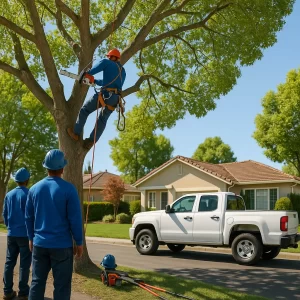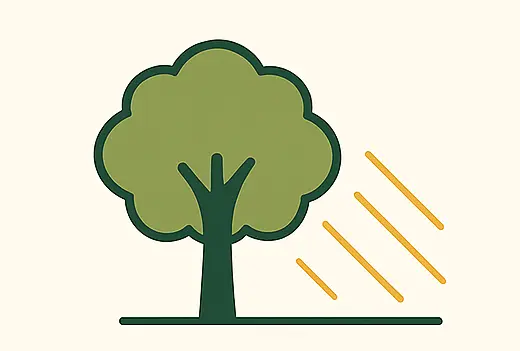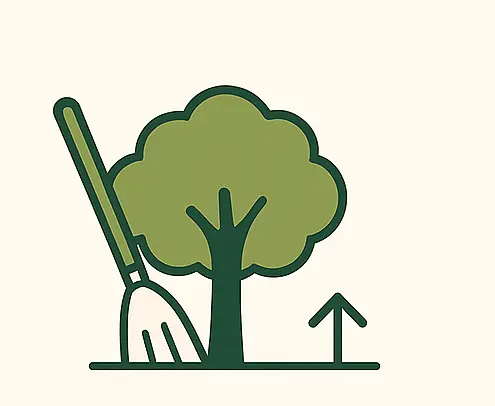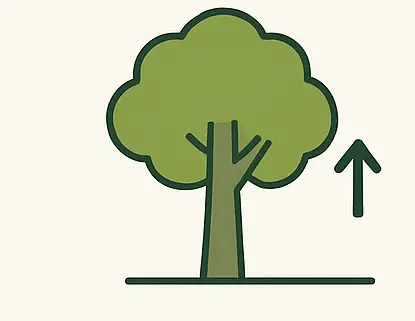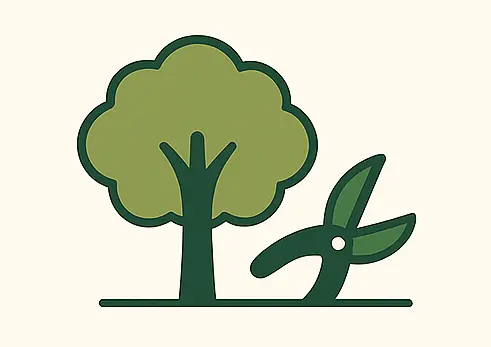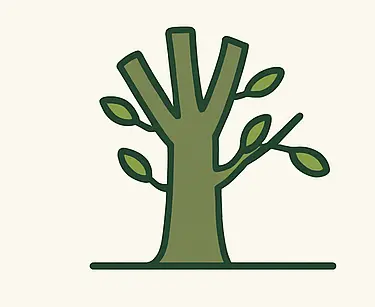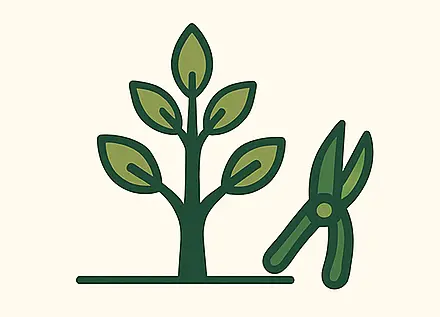Our Tree Trimming Services
We offer a full range of tree trimming services designed to improve tree health, enhance curb appeal, and keep your property safe.
1. Residential Tree Trimming
Our residential tree trimming services are designed to keep your property safe and beautiful. Dead branches, overgrown limbs, and diseased areas are expertly removed, improving your landscape's health and appearance.
2. Commercial Tree Trimming
Businesses in Fremont rely on us to maintain their properties’ curb appeal. We provide regular trimming schedules to keep commercial spaces attractive and safe for customers.
3. Emergency Tree Trimming
Storms and unexpected damage can leave trees in precarious conditions. Our emergency services ensure a rapid response to secure your property.
4. Palm Tree Trimming
Palm trees are a staple of California landscaping, but their upkeep requires skill. Our specialists remove dead fronds and excess growth to maintain their iconic look.
5. Large Tree Trimming
Handling large trees requires specialized equipment and techniques. Our Fremont experts ensure the job is done safely and efficiently, whether it’s trimming limbs or reducing overgrowth.
